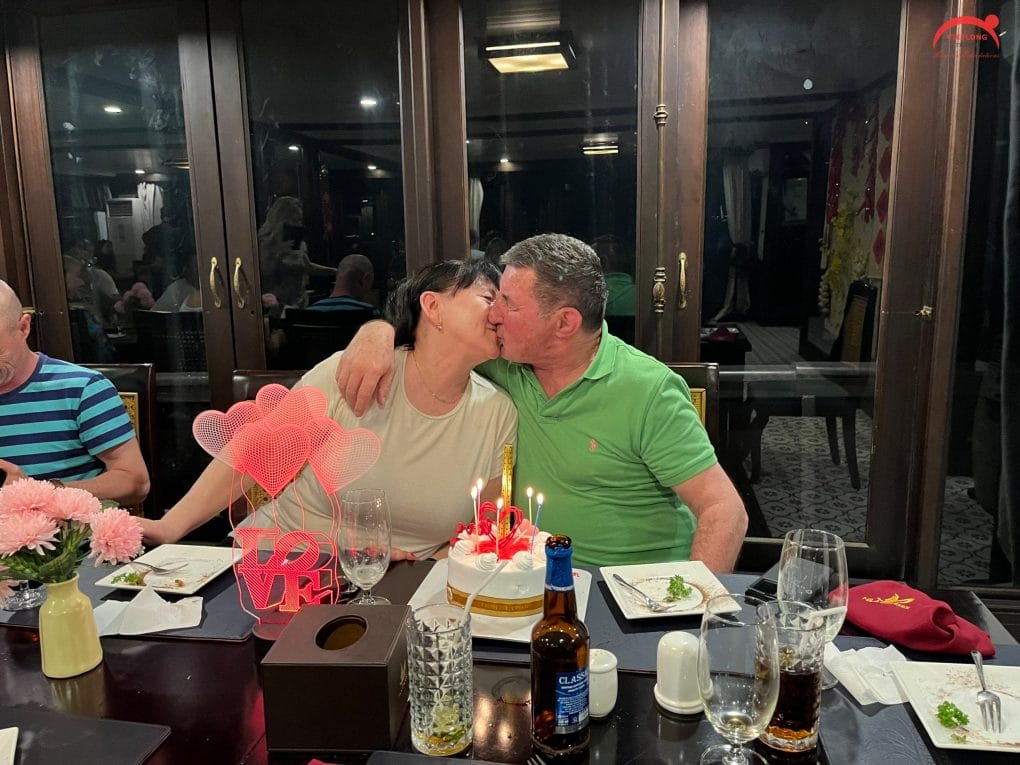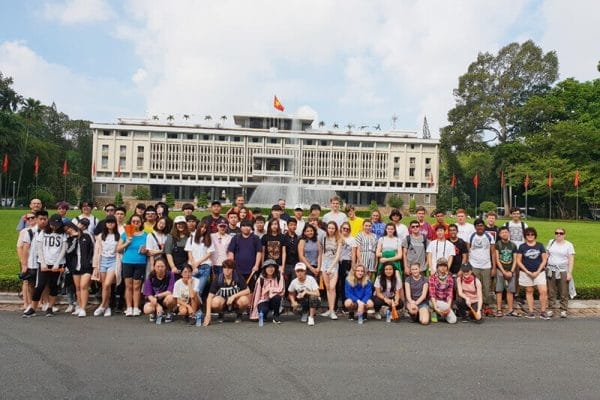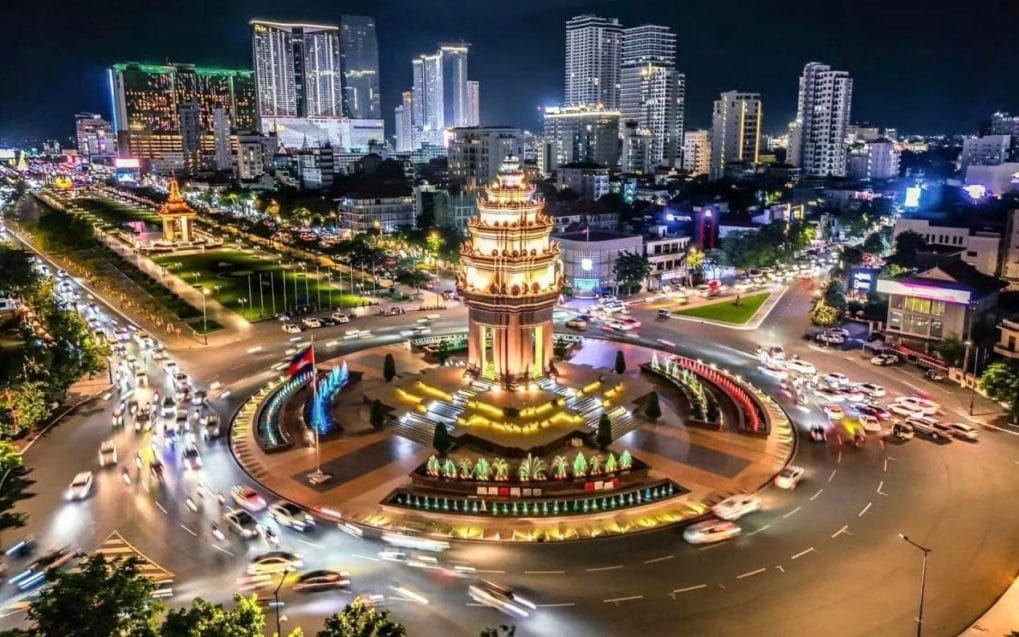CAMBODIA CLIMATE
Cambodia’s climate, like that of the rest of Southeast Asia is dominated by monsoons, which are known as tropical wet and dry because of the distinctly marked seasonal differences. The monsoonal airflows are caused by annual alternating high pressure and low pressure over the Central Asian landmass. In summer, it is very cold. The flow is reversed during the winter, and the northeast monsoon sends back dry air. The southwest monsoon brings the rainy season from mid-May to mid-September or to early October, and the northeast monsoon flow of drier and cooler air lasts from early November to March. The southern third of the country has a two-month dry season; the northern two-thirds, a four-month one. Short transitional periods, which are marked by some difference in humidity but by little change in temperature, intervene between the alternating seasons. Temperatures are fairly uniform throughout the Tonle Sap Basin area, with only small variations from the average annual mean of around 25 °C (77.0 °F). The maximum mean is about 28.0 °C (82.4 °F); the minimum mean, about 22.98 °C (73.36 °F). Maximum temperatures of higher than 32 °C (89.6 °F), however, are common and, just before the start of the rainy season, they may rise to more than 38 °C (100.4 °F). Minimum temperatures rarely fall below 10 °C (50 °F). January is the coolest month, and April is the warmest. Tropical cyclones that often devastate coastal Vietnam rarely cause damage in Cambodia.
The total annual rainfall average is between 1,000 and 1,500 millimeters (39.4 and 59.1 in), and the heaviest amounts fall in the southeast. Rainfall from April to September in the Tonle Sap Basin-Mekong Lowlands area averages 1,300 to 1,500 millimeters (51.2 to 59.1 in) annually, but the amount varies considerably from year to year. Rainfall around the basin increases with elevation. It is heaviest in the mountains along the coast in the southwest, which receive from 2,500 millimeters (98.4 in) to more than 5,000 millimeters (196.9 in) of precipitation annually as the southwest monsoon reaches the coast. This area of greatest rainfall, however, drains mostly to the sea; only a small quantity goes into the rivers flowing into the basin. The relative humidity is high at night throughout the year; usually it exceeds 90 percent. During the daytime in the dry season, humidity averages about 50 percent or slightly lower, but it may remain about 60 percent in the rainy period.






